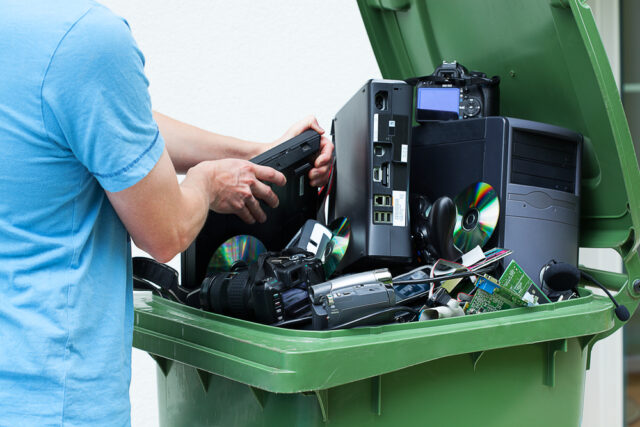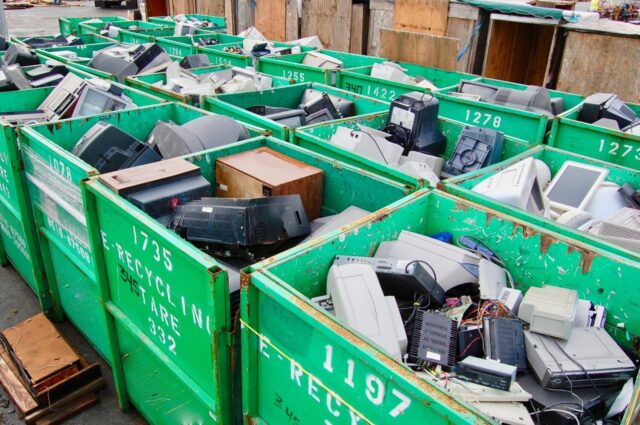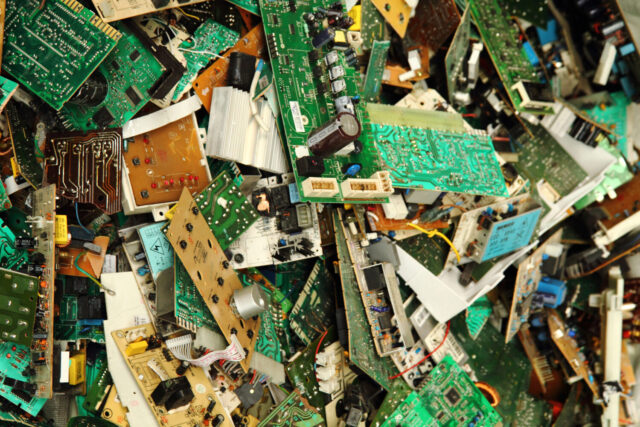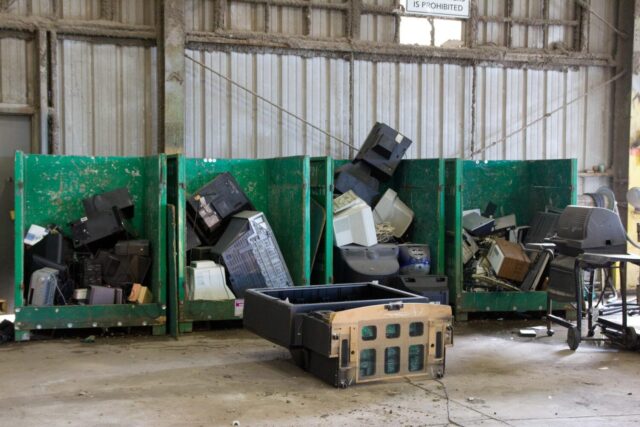
E-waste, or electronic waste, refers to discarded electrical or electronic devices. Used electronics that are destined for refurbishment, reuse, resale, salvage recycling through material recovery, or disposal are also considered e-waste. The rapid expansion of technology means that a growing number of consumers are disposing of old electronic devices in favor of newer models, which has led to increased amounts of electronic waste. Here are five critical points to understand about e-waste and why it should matter to everyone.
Understanding E-Waste

Electronic waste recycling encompasses a broad range of electronic devices from the ubiquitous smartphones and computers to appliances and industrial equipment. The significant aspect that makes e-waste a concern is that these discarded items often contain hazardous materials like lead, mercury, and cadmium, which can be harmful to the environment and human health if not disposed of properly.
1. Environmental Impact
When e-waste is improperly disposed of, toxic materials can leach into the soil and water, contaminating food and water supplies. For example, lead can cause damage to the human nervous system and kidneys. Mercury can affect the brain and development, especially in children and fetuses. Cadmium affects the body’s cardiovascular, renal, gastrointestinal, neurological, reproductive, and respiratory systems.
2. Health Concerns

The informal processing of e-waste can lead to severe health risks for workers as well. In countries where e-waste is dismantled and recycled with minimal safety measures, workers, including children, are exposed to a hazardous cocktail of chemicals. These can cause health issues ranging from skin burns and lung disease to long-term cognitive problems and cancer.
3. Economic Implications
There is an economic side to e-waste as well. Many of the components of electronic devices, like copper, gold, and silver, can be recycled and reused. The recovery of these materials not only prevents waste but can also reduce the economic burden of mining new materials. However, this potential is often not fully exploited.
4. Data Security

Another seldom-discussed aspect of e-waste is data security. Many disposed devices contain personal data which, if not properly erased, can fall into the wrong hands leading to data breaches and identity theft.
5. Global E-Waste Legislation
Legislation regarding e-waste disposal is not uniform across the globe. Some countries have strict regulations and structured programs for e-waste management, while others lack policies to deal with the growing problem, leading to significant illegal dumping and health hazards.
Why Should We Care About E-Waste

Understanding the gravity of the situation is crucial, but it’s also vital to know why we, as individuals, should care about e-waste.
Preservation of Natural Resources
Electronic products are made from valuable resources such as precious metals, plastics, and glass, all of which require energy to mine and manufacture. Recycling these materials not only saves resources but also reduces greenhouse gas emissions.
Protection of Ecosystems and Wildlife

Harmful e-waste disposal can lead to the destruction of habitats and the death or mutation of wildlife. When electronics are disposed of in landfills, the toxic substances can seep out and poison the surrounding environment.
Safeguarding Human Health
Proper e-waste management is essential for protecting the health of people involved in the processing of discarded electronics. It also ensures that the general population is not exposed to hazardous substances.
Supporting Sustainable Practices

Addressing e-waste encourages the adoption of sustainable practices by manufacturers and consumers, fostering a culture of environmental responsibility.
Boosting the Economy
Recycling e-waste can create jobs and generate income through the recovery of valuable materials. It also encourages innovation in recycling technologies and sustainable product design.













